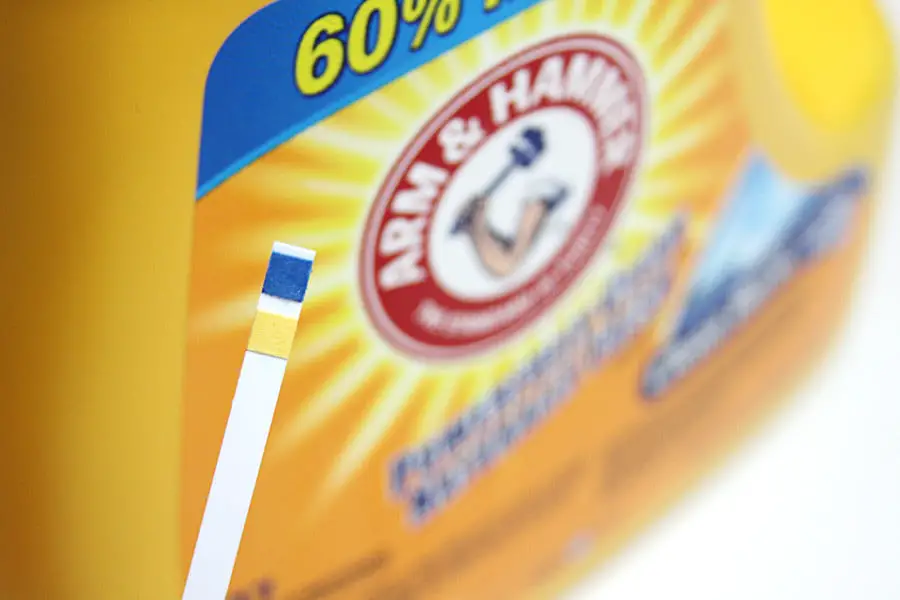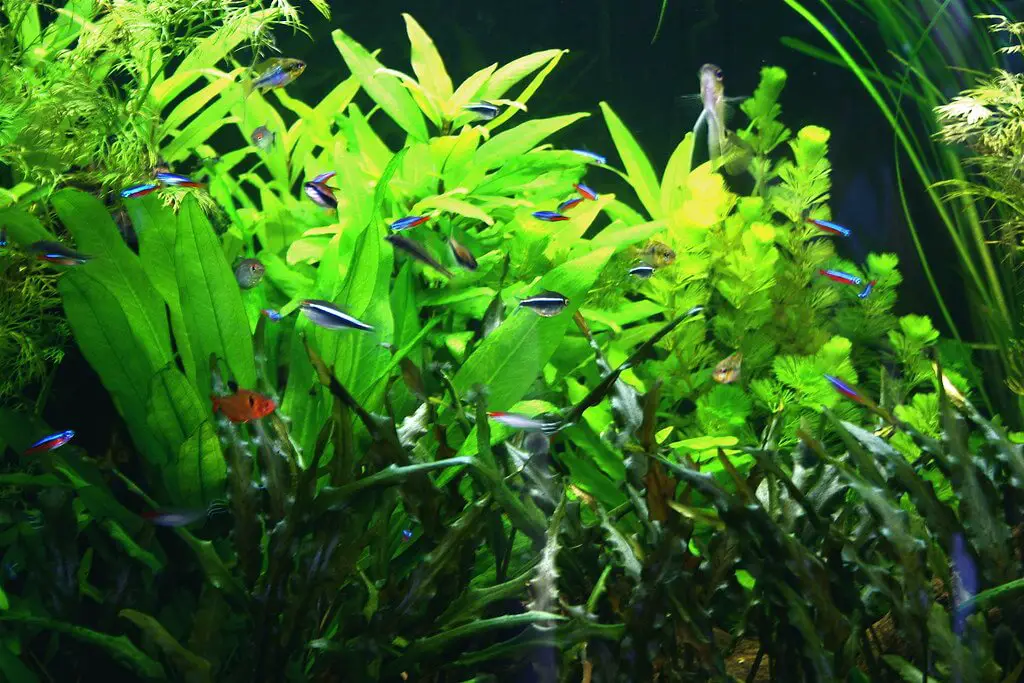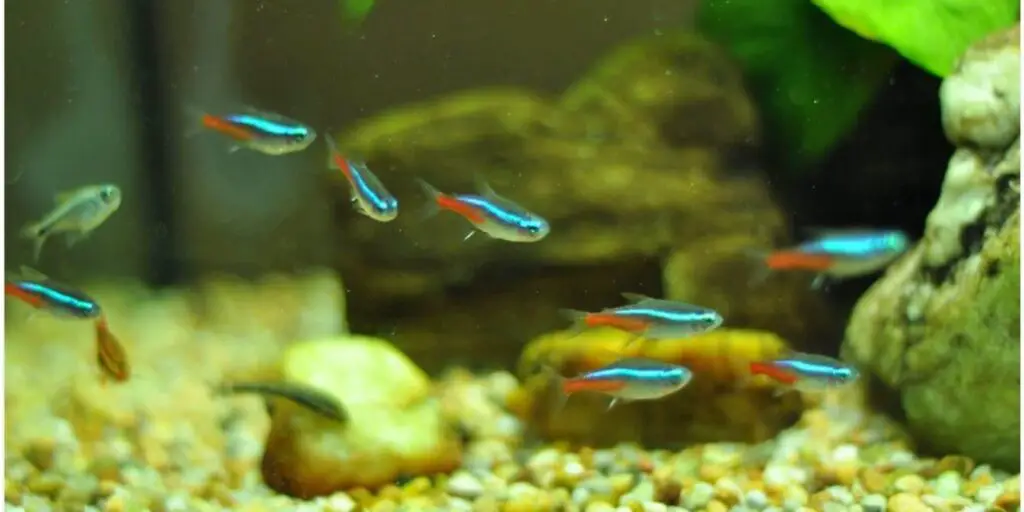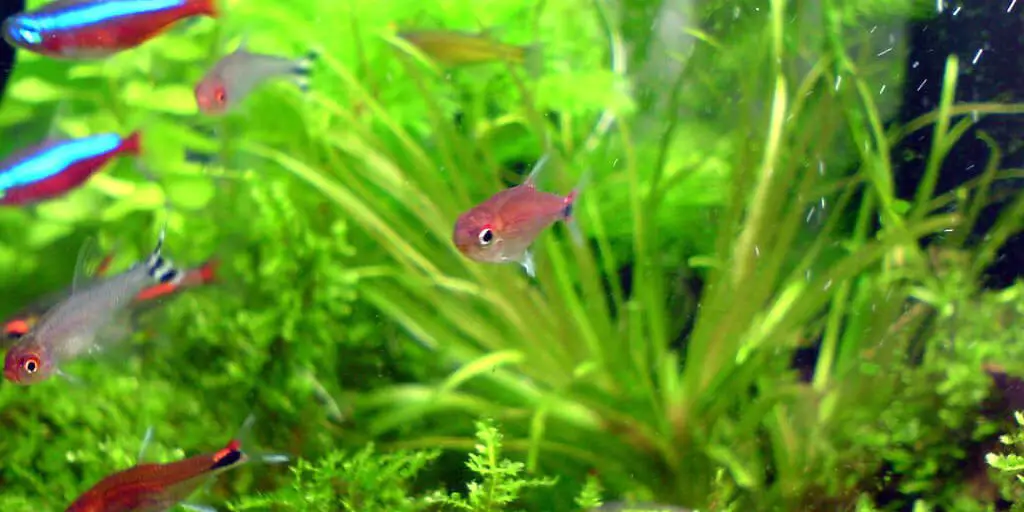Have you heard about water pH level maintenance? Do you know how to increase the pH in your aquarium? Have you faced the loss of newly bought fish in your freshwater aquarium? Are you trying to create a stable condition in your aquarium? Have you tried a lot of things to save your fish from such conditions, yet, you still can’t find out what exactly went wrong? Well, today, we’ll be looking at an essential part of how to increase pH value in your freshwater aquarium, which might be the correct answer for you.
The pH in your freshwater aquarium may decrease due to various reasons. A freshwater aquarium has water that is alkaline in nature. To increase the pH of your tank, you can apply either chemicals like baking soda or natural elements like corals, driftwood, etc. There are various other methods to increase the pH level in your freshwater aquarium, which is described below.
Many of the times, people mistake pH and hardness, and even as a less important factor. Let’s try and clear the concept of pH first.
What Is pH?
pH, a term used in water chemistry, is the value of the concentration of hydrogen ions in a solution. It determines whether your solution is acidic or not.
pH is measured on a scale with values ranging from 0-14, where 7 is a threshold value. If the water has a value greater than 7, the water is alkaline/basic in nature.
Similarly, if the value of the pH of water less than 7, it is acidic in nature. A value 7 indicates that the water in your tank is neutral. Different aquarium livestock thrives in different pH values.
Understanding the pH Scale in Freshwater Aquariums
Freshwater is actually naturally occurring water. It can be water from ice sheets, ice caps, glaciers, lakes, ponds, rivers, streams, underground water, etc. but excludes seawater and brackish water. Freshwater has low dissolved components of salts and other solids. Also, freshwater is completely different from potable or drinking water.
Did You Know?
pH value also affects the hardness of water known as carbonate hardness.
Usually, freshwater from lakes, ponds, and streams have a pH range of 6-8 depending on the surrounding. The pH of water is generally higher (7.5-8.5) near the surface and gets lower (6.5-7.5) as the depth increases.
Why Is pH So Important?
While searching on a particular fish, you might have often seen pH tolerance of a fish along with all necessary things like the diet, habitat, and diseases. That’s because pH is more of an obligation in the fishkeeping hobby.
pH basically maintains a proper environment for your fish to live in. A low pH can effectively burn their skin. A poor pH is poisonous and will lead to health problems. So if your aquarium has the slightest change in the pH value, it might be potentially fatal for the livestock.
Another important thing to know about pH is that it is a mathematical logarithmic function. This means the change of a single value on the scale has 10 times more effect on the aquarium life. With each value change incrementing, the effect is a multiple of 10. This means that a pH level of 8 is 10 times less alkaline/basic than a pH of 9, and a pH of 8 is 100 times less basic than a pH of 10. This similarly applies to the acidic value in the pH scale. If the pH value of your tank is too low, it may lead to poisoning and health problems in the aquarium life. This not only applies to fish, but it applies to plants, reefs, corals, invertebrates as well as microorganisms.
Hence, maintaining optimal health for any species is important.
How To Test The pH Of Your Aquarium Water?
pH testing in an aquarium is an easy method. There are two ways how you can check your pH, one being using the pH testing kit, and another is digitally testing the pH.
Manual pH Testing Kit
pH testing kits are easily available and an affordable way of knowing what the condition of your water is. Manual pH testing kits are available at pet stores as well as online.
Method: Take a sample of water in another container. pH kits come as strips, dip the strip in the sampled water. Take it out, and it will change its color. The kit will come with an indicator that will tell you how acidic or basic your water is.
If you are not sure that you can do it, take a sample to the nearest fish store, and they can guide you.
Tip: Never dip the testing kit directly in the aquarium.
Digital pH Testing
Digitally checking the pH of your aquarium water can be a costly method. This is because the device itself is costly in comparison to manual testing kits. It is available at certain places only. The digital pH testing will provide you will an accurate pH value of the water.
Method: Ensure that the kit is clean. Dip the testing end in the water. The pH value will be displayed on the digital display of the device.
The Reasons For Your pH Being Too Low
pH level is a factor that never remains constant. With time, the pH value of your water can increase or decrease depending upon the amount of nitrogen and waste produced by plants and fish and their consumption as well. Similarly, a lot of factors can cause the pH value of your freshwater tank to sink, which makes the water more acidic in nature. Some common factors that can trigger a change in the pH level to below are:
During The Nitrogen Cycle
The nitrogen cycle is the process of cycling water in a new tank in order to grow beneficial bacteria. This process causes the level of nitrates in water to be high, i.e., it increases the nitrate level. Higher levels of nitrates mean that your water is acidic, and the pH will drop.
Decorations Containing Tannins
The decor adds a visual appeal to your tank and, in many conditions, is required for fish to make a comfortable home.
Certain decorations like driftwood, bogwood, and peat moss produce tannic acid when placed in water. This can sometimes change your water to a yellowish-brown color, and it lowers the pH of your tank.
Reduction In Aeration
When the aeration of water does not occur frequently, the components like nitrogen and hydrogen conversion do not occur. Hence it increases the number of compounds making the water acidic.
Increment Of Carbon Dioxide
An increment in the level of carbon dioxide in water causes the freshwater to decrease the pH level significantly. This can cause harm to any living organism in the tank.
Water Changes
When you change your water for maintenance on a regular basis, you add new water and mix it, in turn lowering the pH. This also causes a change in the pH level.
Adding purified water like RO water and soft water for water changing purposes can lower the pH level of water significantly. This is because purified water has much less mineral content.
Pollutants And Waste
Waste produced by fish and plant waste can cause the level of mineral content to increase hence lowering the pH level. It is important to remove the waste from time to time, perform water changes, and trim the plants.
Overstocking Your Aquarium
Overstocking an aquarium may lead to many factors. Out of those factors is the depletion in the pH level of your aquarium.
Ways To Increase the pH
If your pH level is too low, don’t worry. There are several methods to increase the pH level: using natural elements or fabricated chemical elements. However, natural elements take a longer time to show effect, whereas chemical compounds show an instant reaction.
You can use the following techniques to increase your pH and maintain stability for your freshwater aquarium.
Aerating The Water
Aeration is the process of the creation of oxygen in the water, such that the carbon dioxide gets depleted. Because carbon dioxide can lower the pH, we can convert it to oxygen by aeration process.
You can place your filter at a level higher than your aquarium’s water surface, or you can use air pumps.
Placing your filter at a higher level helps create movement in the water and mixing of air near the surface such that the conversion can take place.
When you add air pumps, also known as water pumps, a current can be created. This suctions the water from below and pours it while aerating the water. Using air pumps yields a better percentage of aeration.
Water Changes
Regular water changes will keep oxygen high, as well as help get rid of toxins and pollutants.
When you perform water changes, add de-chlorinated tap water in order to increase the pH of your freshwater aquarium. This is because tap water usually has a high pH value. Hence mixing it with low pH water will help balance it out. Don’t forget to test your water each time you perform a drastic water change.
A regular partial water change from 20-50% is recommended each week, depending upon the tank capacity and livestock.
Chemicals Like Baking Soda
Baking soda is basically sodium bi-carbonate, a form of carbonate. Any form of carbonate increases the pH as well as KH of an aquarium. Other chemicals that contain carbonates are also available in the market.
However, while using these chemicals, you should be very careful. Chemicals produce a quick reaction and results. But the amount is very necessary to be sure of, and it is quite difficult to use.
Never add chemicals directly into your aquarium, as this may affect the fish. The general rule for quantity is one tablespoon per 5 gallons. However, this will depend on the present value of the pH of the water.
Macroalgae
Macroalgae is a beneficial alga that helps maintain the pH level high in your aquarium. It is a cheap and quick method of increasing the pH level.
Adding microalgae will create the seabed environment while producing minerals, and it can act as a source of food as well.
Change Your Substrate
Certain naturally occurring substances can be added to your aquarium in order to increment the pH value. These elements are slow reacting and will give results after 24-48 hours.
Substances such as crushed corals, limestone, oyster shells, used as a substrate, are known to increase the pH level. Usually, American Cichlid tanks have such substances as they prefer a basic environment.
A method of doing this is stuffing the item in a stocking and adding it to the tank, or you can just add it to your filter.
Boil Your Decor
Certain decor like peat moss and driftwood produce tannings. However, for certain species of fish like Tetras, driftwood is important. So you can boil your driftwood as an alternative, which will reduce the acid as well as the harmful elements.
Unfortunately, for peat moss, there is no other option than removing it.
If you are to breed your fish, then you can use other moss, which forms clumps and is suitable for laying eggs for your freshwater fish.
When To Check The pH Level Of Your Tank?
The pH level of water should be regularly checked at certain time intervals. It also needs to be checked when a change is supposed to occur like:
- Regular checking should take place once in two weeks, or at least a month.
- While purchasing a new fish, it is important to know what pH the fish has been living in and what your water pH is. Then accordingly, you must assimilate the fish.
- Whenever a medication is in process.
- When your fish shows symptoms of illness or death.
An important fact to know is that the pH level of water increases during the day time. When you check for the pH, always check during the morning or at night. If not followed, then it can result in inaccurate testing. Also, you can make a habit of checking the pH at a certain time in a day. That way, you can always be sure that values are constant.
Does Having Plant and Fish Effect the pH Level?
Yes, having fish and plants affects the pH level of your freshwater aquarium by a lot.
Fish produce bio-waste that releases toxins and nitrates. Having fish means you need to feed them. Leftover food can also produce toxins. Having a crowded aquarium will definitely affect the pH level as well.
Plants intake the carbon dioxide dissolved in water and produce oxygen. Plants and decaying matter will also produce toxins.
Read Full Article on Tetra Fish Care.
Conclusion
pH plays a vital role in maintaining your fish healthy. While stability is the main factor, pH can be adjusted by using various methods mentioned above.
Even though fish are adaptable, sudden, and vigorous changes in the environment can cause stress on any fish, no matter how tolerant it is. Always remember to closely monitor your fish after you perform the above-mentioned tasks. So, my suggestion to you is to always be considerate of the fish and be sensible so that no life is hurt.
I hope this article has helped you clear the seemingly complex concept of pH and what it does in your aquarium.




